This article is contributed by Katja Nail
Home cinema projectors have always been a popular way to watch movies, series or just TV at home for many years. In addition to conventional projectors like UHP or LED, so-called Laser projectors have also been on the market for several years. They are becoming more and more popular. But why? They probably have many advantages over traditional devices, but are there also a few things to consider? Let’s find out. Below you will find some facts and a short overview you should know and consider to make your decision on buying new Projectors easier…
First things first. There are different types of light sources that are working in projectors for the fun to begin.
Let's first look at an overview of the different light sources and then look at the advantages and disadvantages of the individual sources. Subsequently and in summary, a comparison of the individual types makes it clear which is the optimal light source for modern projectors.
Nowadays these light sources are mainly used in modern projectors:
- UHP – Ultra High-Pressure Bulbs
- LED – Light Emitting Diode
- LD – Laser Diode
All of these light sources have one thing in common when it comes to projectors. They produce light so that the projector can do its work and a large image can be projected onto a wall or a special screen.
It all started with the UHP lamps, which were very popular years ago. Due to the technological development, LED lamps and later laser diodes have become more and more popular.
UHP:

This type of bulb contains mercury gas inside. As long as the lamp doesn't break, it's not dangerous at all. This gas is under extremely high pressure (200 atmospheres) and is brought to glow by high Voltages. This creates an arc that glows very brightly.
LED:

LEDs (Light Emitting Diodes) are tiny electronic chips made from unique semiconductor components. When current flows through this solid, it begins to glow, it "emits" light.
This process is known as electroluminescence in lighting technology.
Laser Diode:

The word Laser is a synonym for
- Light
- Amplification by
- Stimulated
- Emission of
- Radiation
Laser light is created by the so-called stimulated emission. In detail, this means that a charged particle (electron or molecule) can hand over energy in the form of light.
This exciting emission is released when energy is applied to a material that is light-enhancing. They are practically charged. If the charged particles, then return to their basic state, the absorbed energy is emitted in the form of light radiation.
Over the years, the various light sources have become established in projectors. Below are a few examples of the different lamp types and matching Projectors.
1. The Sony VPL CH355 offers a native WUXGA resolution of 1920x1200. It is also capable of delivering 4000 lumens of brightness. It has 3LCD technology and is operated with a UHP lamp.

2. The Wemax Dice is a portable, smart LED projector with a native resolution of 1920x1080 and supports 4K. Advanced DLP technology delivers 700 lumens of brightness.

3. The Wemax Nova is a modern ultra-short throw laser projector. Delivers an incredible brightness of 2100 lumens and convinces with an absolutely sharp 4K resolution.

Therefore, what are the requirements for the optimal light source in a modern and up to date projector?
In order to find the best possible light source for a projector, the most important properties for today must first be presented.
- As long as possible lifespan
- Low failure rate
- Low energy consumption
- Good color representation
- High light output
- Cost efficiency
The first requirement is, of course, that the light source has a long lifespan. Nobody wants to replace and spend more every few months. It should be fail-safe and it must also have a low energy requirement. Last but not least, the light source must also be affordable and economically profitable.
Let's look at the different sources in detail and show their advantages and disadvantages
UHP bulbs have a compact design and are very easy to replace. The power consumption of these lamps is relatively high and is usually between 250-500 watts. In addition, a large part of this supplied energy is dissipated in the form of heat and a small part is converted into usable light. So, they get very hot and need constant cooling.
The lamps work at a high voltage, which is why it is not really possible to operate them with a battery. The service life is usually given at almost 2500 hours. That is not much. The lamps often need to be replaced.

Unfortunately, the environmental balance of these models is less pleasing because they are mercury vapor lamps, so they contain heavy metals that are harmful to health and harmful to the environment. As soon as such a lamp is damaged, it becomes dangerous. Disposal of hazardous waste is also a must. However, the light output is very good. values of 1000-5000 lumens are often reached. What a pity, the light output is not constant, you lose it very quickly in the second half of your life. With 50% of their initial power, they are considered used up.
The luminous efficiency is very good, but with a weakness in the red area.

LEDs are very effective light sources. They convert far more energy into light than into heat. With high-performance LEDs, the power consumption is relatively low at 50-100 watts. Also, no harmful gas is stimulated to light up with the LED illuminants.

Compared to UHP lamps, they cannot break or explode. The service life is also extremely high at 20,000-50,000 hours. compare graphic above. A light output of more than 1000 lumens is no longer a problem. In addition, the light output is much more stable than with the UHP lamps. With the use of three LEDs, a very good representation of the basic colors and thus a very colorful representation is possible.

Laser diodes work very efficiently and achieve wonderful results with low power consumption. They contain no mercury and cannot explode. A service life of more than 30,000 hours is generally specified and they work with low currents.

A major advantage of laser diodes compared to others is the incredibly high light output. Values of 2000-5000 lumens are not uncommon. The color representation is better than that of an LED and it can be adjusted even more precisely. By using separate red, green and blue laser diodes, this advantage can be further expanded.

Maintenance is not necessary with laser diodes and offers another advantage.
The Laser gives you the absolute best image quality with deeper, richer, more lifelike colors compared to anything else.
Laser diodes are still slightly more expensive than conventional LEDs, but that will change over the next years. So, it makes no sense to rely on outdated technology, but to go straight in with the current best product on the market, because otherwise the technology will catch up to you pretty quickly...
A laser projector is an investment. Don't worry, you can easily expect to get around 10 or 15 years of life. If you want to go the extra mile, you really should consider getting a laser projector.


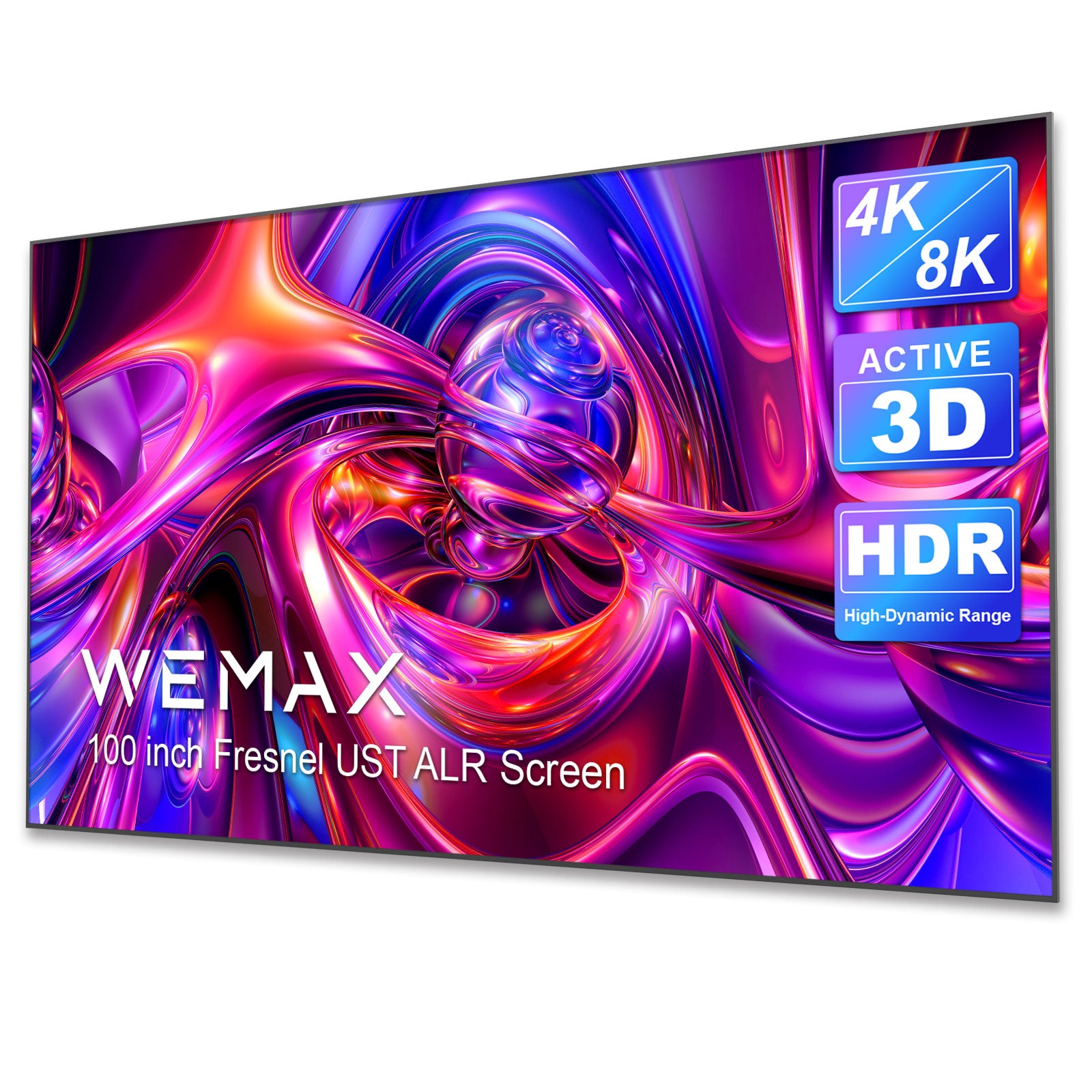

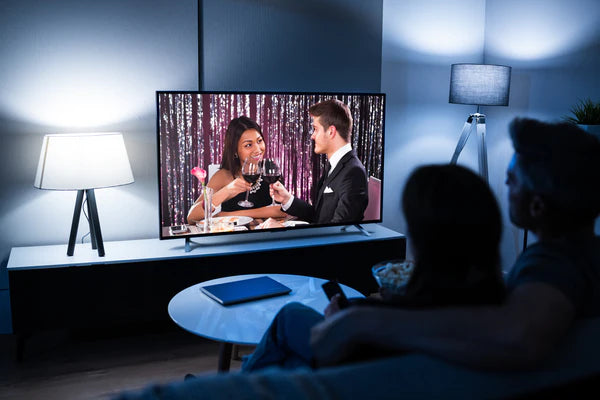
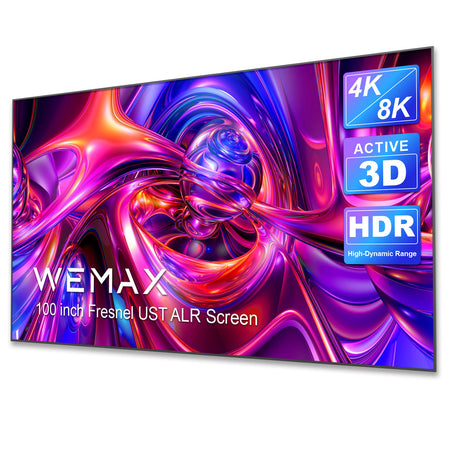
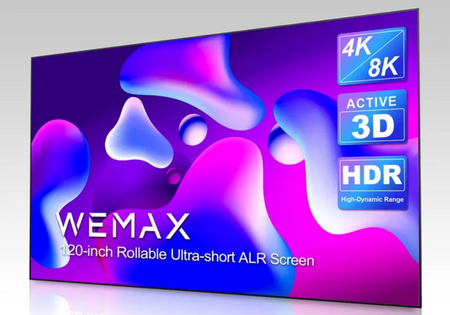
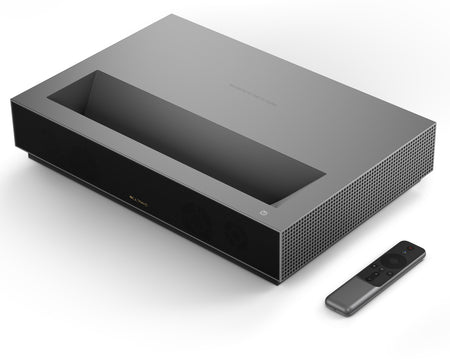
Comments (1)
Mike on August 30, 2022
Interesting. i like techy stuff
Back to Tips and Tricks